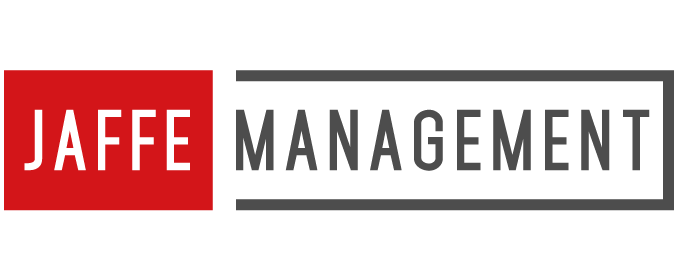09 Jul 2014 Lack of Age Diversity in Board Members: Only 2% Are Under-30
When I network professionally, I have discovered that becoming a member of a non-profit board is not a “hot topic” for younger people. Many think that they need to be older, wiser, or more experienced before they have something to offer. Nothing could be further from the truth.
According Board Source, The only national organization focused exclusively on nonprofit governance:
Less than 2% of nonprofit board members are under 30 years old while 57% of nonprofit board members are 50+.
Board Membership: Time for Change
A topic for discussion on many board agendas is whether the organization is being led by people with the proper knowledge and skills to steer the company in the future, not just the present. Existing board members need to look to themselves to determine where any shortfalls may occur lie and what can be done to shore things up. This is also being looked at for-profit corporate governance.
In their 2013 Annual Corporate Director’s Survey, PricewaterhouseCoopers (PwC) spoke to nearly 1,000 directors and learned that 35% say someone on their board should be replaced
The top three reasons cited for jettisoning existing board members include:
- Lack of expertise
- Lack of preparation for meetings
- Aging
Many board members are firmly ensconced in their positions and fewer are resigning their sets to make way for the next generation than ever before. The 2012 Spencer Stuart US Board Index reports that
The average age of board members is now 68
- The average length of board tenure is 8.7
- The mandatory retirement age is 72-75
- # of new directors serving on boards is down 27% from 2002-2012
The #1 Reason Board Membership Remains Static
A major obstacle to assessing shortcomings in board leadership is discomfort in bringing up the topic at all. Unpleasant though it may be, however, it is vital that board members confront the issue of under-performing peers.
One way to facilitate that is with effective standardized assessment processes and individual board member reviews.
Board Members Heal Thyself
A robust process that includes self-assessment and recruitment is needed for building and maintaining an effective board. Recruitment is a topic for another post. With regard to self-assessment…
Whether through one-on-one interviews or with questionnaires, the information gleaned from board member self-evaluation is priceless. It is one of the most effective tools that exists to help measure and ensure the competency and overall diversity of the board they sit on.
The PwC Survey of board members showed that 50% took action on issues identified in their self-evaluation process. The most common changes instituted were
- Seeking additional expertise in board members
- Changing board committee composition to be more diverse
4 Things to Look for in an Association or Non-ProfitBoard Member
There are four key areas that serve as the pillars of a well-reasoned self-evaluation.
- Specific skills that can be utilized the further the goals of the organization (these can range from fund-raising abilities, to committee leadership abilities to the ability to plan the annual awards ceremony)
- Business background that extends the reach of the board into areas that will help further its goal
- Experience serving on boards (or the willingness to learn how to serve on a Board) and the ability to work collaboratively
- Equality issues that ensure that board membership reflects diversity of age, ethnicity, etc.
6 Things You Can Do to Position Your Board for the Future
Board members are people, too. Human emotions will play a role in the discussion of board composition, and whatever can be done to minimize hurt and anger will facilitate making necessary changes. Established processes that keep the discussion focused on the professional, not the personal will go a long way towards accomplishing this.
- Explore current and future challenges and goals and then assess and discuss whether current board members have the right skills and appropriate experience needed
- Identify gaps in board membership by analyzing the current composition of the board with regard toskill set, longevity, term limits, age, etc.
- Consider “succession planning” as it will apply to committee members and chairpeople who may be “graduating” out of their positions.
- Review organizational bylaws and evaluate whether amendments regarding term limits and/or a mandatory retirement should be instituted
- Stand on the outside looking in and determine what the view of a non-board member would be when considering existing board membership and policies
- Evaluate whether current peer evaluations and/or board member self-evaluations (if any) are sufficiently robust or need to be tweaked to deliver better information.


